Top Shot Season 4 kicked off tonight, and while RF and crew are covering the competition aspect of the show I’ll be talking a little bit about the firearms used in this episode. Because I’m a gigantic nerd for guns, and that’s what we do. Let’s start with the first gun the contestants used…
United States Rifle, 7.62 mm, M14
The M14 was the United States’ chosen firearm coming out of World War II. Building off the M1 Garand (widely considered the finest battle rifle ever designed) the U.S. military added a detachable magazine, select fire (fully-automatic or semi-automatic) capability, and a redesigned gas system, but kept the basic design of the receiver and the bolt. Even more important, rather than using the same .30-06 cartridge as the M1 Garand the M14 switched to the slightly smaller 7.62 NATO cartridge.
The M14 is a fantastic firearm in terms of accuracy and range, providing PLENTY of stopping power at a distance, and the robust operating system means that the gun will continue to function even when full of sand and mud. Its accuracy and reliability has kept it in service longer than almost any other modern firearm. But the M14 has a fatal flaw for an infantry weapon: under fully automatic fire it very quickly becomes uncontrollable. That flaw became fatal in the jungles of Vietnam, and the M14 was quickly replaced with the M16 (XM16E1) in the early years of Vietnam which had lighter ammunition and much easier recoil in fully automatic fire.
Despite being unsuitable as an infantry weapon, the M14 has earned its place on the modern battlefield as the preferred weapon of the designated marksman. In this role on the frontlines of the modern battlefield the weapon is placed in the hands of designated marksmen and deployed alongside regular troops, providing accurate fire at a distance to enable units to take out distance targets without needing to call in indirect fire.
In its designated marksman role, the weapon is primarily used in semi-automatic mode. The slower rate of fire means that the recoil issues don’t detract from the usefulness of the firearm, and also the lower rate of consumption of ammunition means that fewer rounds need to be carried and therefore the marksman’s pack can be lighter.
I had the opportunity to fire one of these rifles on a 1,000 yard range not too long ago, and ever since it has been on my list of guns to buy. She’s an absolute pleasure to shoot, accurate shot placement and manageable (if not downright fun) recoil. For more information check out our review of a modern civilian version of one of these puppies.
Ruger Vaquero
Introduced in 1993, the Ruger Vaquero is a single action pistol that fires the .45 Colt cartridge as well as the .357 Mag / .38 Special and .44 calibers. Its design was based on the Ruger Blackhawk handgun (introduced 38 years earlier in 1955).
While this gun was introduced in 1993, the gun’s design harkens back to the old days of single action revolvers such as the Single Action Army and is actually about the same size as one of those great old guns. Its single action operation as well as its size has made it very popular with the Cowboy Action crew, being a modern pistol with commercially available parts and much less dangerous to fire than the SAA handgun thanks to a transfer bar in the firing mechanism that keeps the hammer from directly contacting the loaded round.
I question Top Shot’s decision to use this gun. Sure it looks like an old single action revolver, but in reality it’s less than 20 years since the design first left the drafting department at Ruger. I can only assume that a generous donation from Ruger swayed their decision.
United States Carbine, Caliber .30, M1
The M1 Carbine is actually my favorite gun from WWII. It uses a short stroke gas piston system designed by a former moonshiner and inmate, is remarkably easy to clean and maintain (well, except the bolt), and has very little recoil despite firing a .30 caliber round. An M1 Carbine was actually the third firearm I ever purchased (first semi-auto). I think I have a picture of it somewhere around here…
We all did dumb things in college. Mine just happened to involve firearms.
The M1 Carbine at first glance appears to be a scaled down M1 Garand or M14, and for the most part it is. The bolt, the receiver, the operating rod handle and even the sights are about the same. But the differences between the two firearms are the caliber (.30 Carbine), the detachable magazine and the operating system.
Like I said, the M1 Carbine uses a short stroke gas system designed by a moonshiner and former guest of the state. So while the M1 Garand uses a full length gas piston that goes from just beneath the muzzle of the gun all the way to the operating rod, the M1 carbine can get away with the much smaller stock and lighter operating parts.
The detachable magazine is also done a little differently. Instead of using an AK-esque magazine design where the magazine rocks backwards to seat (and the catch is also at the back of the magazine), the M1 carbine uses a push-button release that is more reminiscent of the M16 and loads straight into the receiver.
What’s really interesting (for me, at least) is that the basic design of the bolt hasn’t changed all that much from the M1 Garand to the M1 Carbine to the M14 and even to today’s M16 and M4 rifles. The bolt in these modern firearms works on the same basic principles, and if you look at the face of each one they are strikingly similar.
The light parts and low powered cartridge combine to make a firearm that’s easy to handle, quick to maneuver, accurate to fire and has very little recoil despite having a respectable amount of muzzle energy. In short, it’s the perfect firearm to fire when being able to hold it up to your shoulder for a while and move it around is the key. Which was exactly what the challenge called for.
Overall, I was satisfied with the firearms selection this week. Then again, I’ve fired all these guns (or replicas thereof) before. There was nothing really exciting. Hopefully next week will provide a better selection…

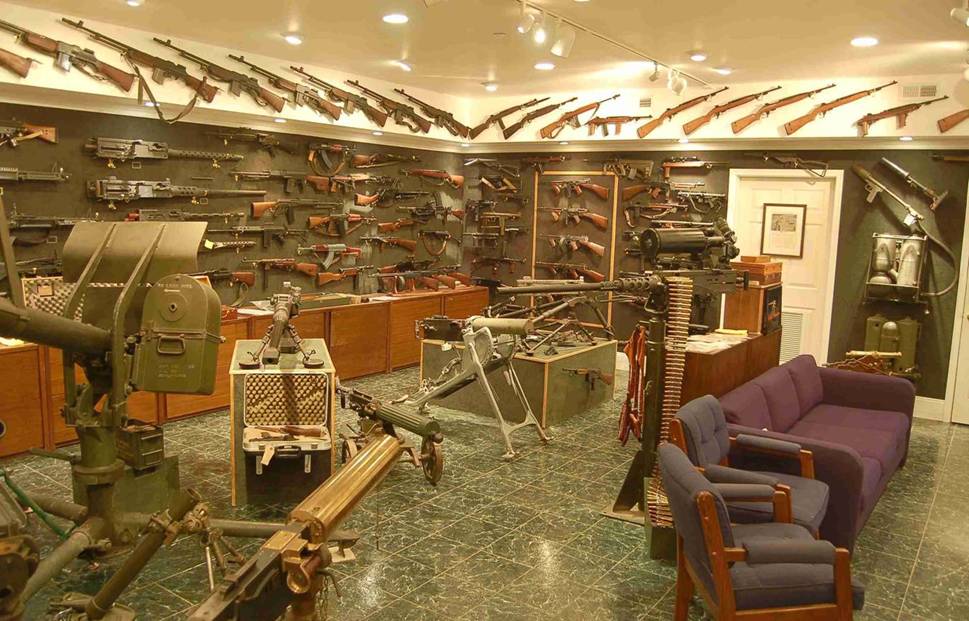
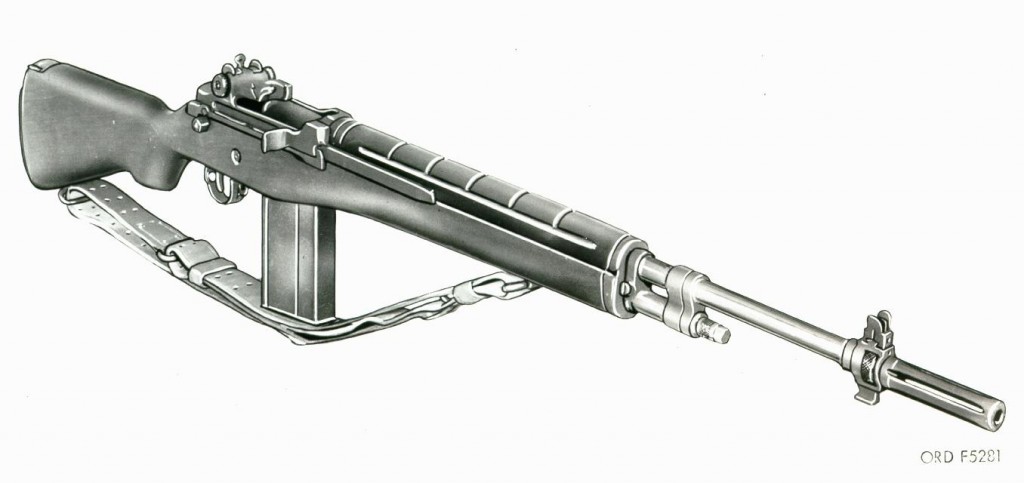

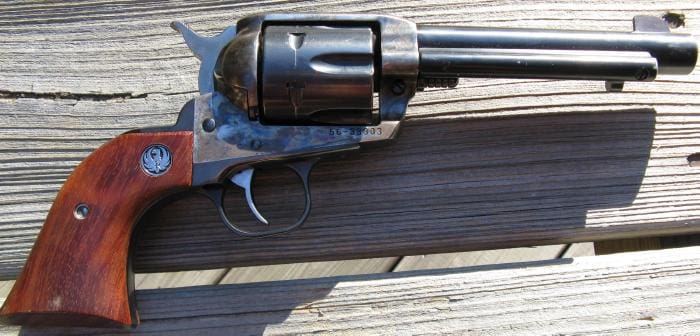
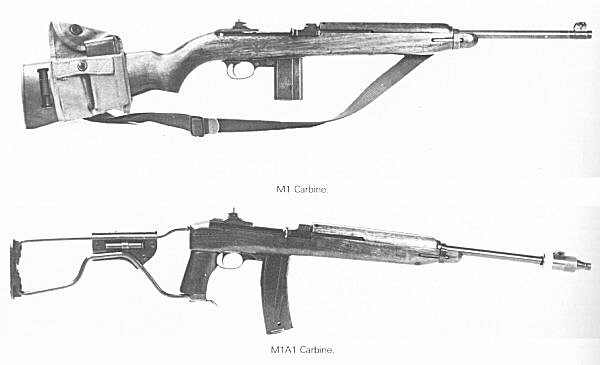
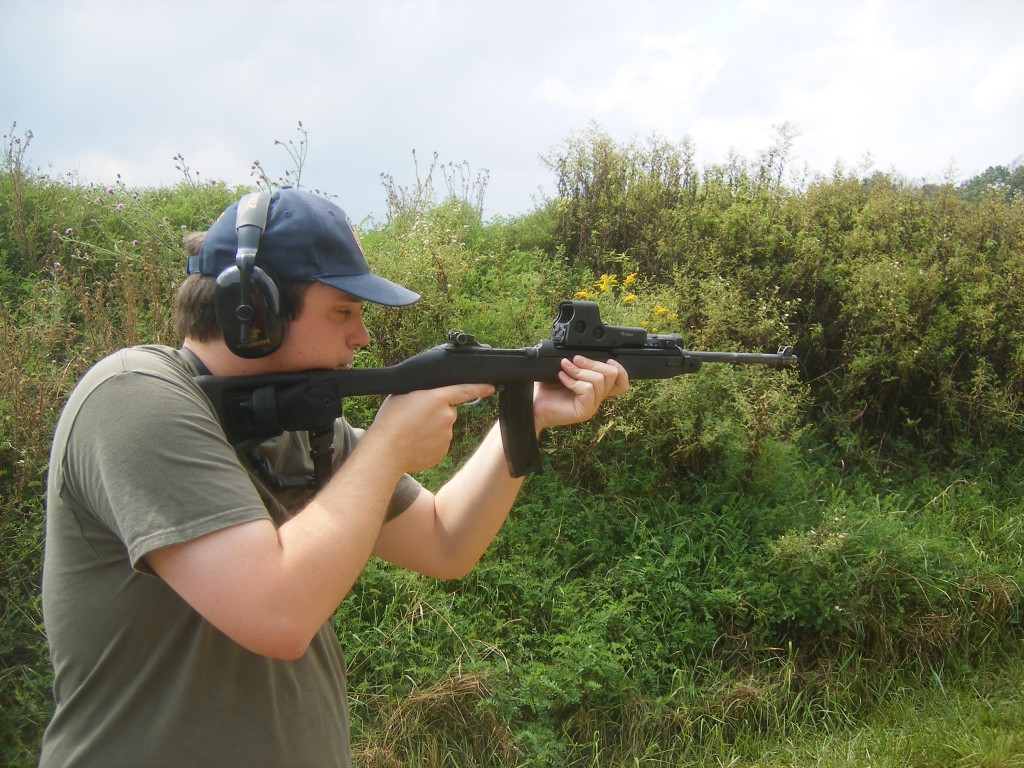



Great start to the season so far.
i thought tonight’s episode was pretty entertaining, i especially like the fact that the female shooters on this season’s cast are pretty squared away after seeing their performance. i also thought the vaquero was weird and pretty obviously a case of a generous donation from their corporate headquarters to the show, btw did anyone else catch the “colby gets to shoot” TS side show they plugged?
I saw that, “Top Guns” or something like that on H2 — may consider tuning in.
Fun show.
But I think it’s absurd to say the M-14 is “unsuitable” to be an infantry rifle. Most infantrymen today are restricted to semi-automatic fire.
The only “fatal flaw” with the M14 as an infantry weapon was substandard infantry behind it.
Other than a full-auto rate of fire higher than the BAR in a rifle that weighed half as much and was intended to replace everything from the BAR down to the M3 SMG. Good luck with that.
For semi-automatic work, it’s exceptional.
Hey FLAME DELETED there aint any jungles in Korea I was there in 1964 and the M14 worked just fine.
Duly noted and fixed.
Cool post Nick. As an aspiring gun nerd I look forward to the rest… hell I may not even need to watch the show with TTAG’s commentary.
Umm, jungles in Korea? And “The M14 was the United States’ chosen firearm coming out of World War II” is only true if WW2 ended in 1959.
I need that room.
How far did they shoot the m14 at the target?
According to the show intro, it was a 200 yard shot.
The reason for choosing a Vaquero as a single action revolver is that they’re the best single action available right now because of the transfer bar and their modern metallurgy.
Besides that, who wants to donate a bunch of highly collectable genuine Colt SAA’s for use in a competition like this? I rather doubt anyone is going to offer their collection of SAA’s for this use, for reasons of both liability as well as detriment to the collectable value of the piece.
Agreed, if you notice the highly collectible firearms are regulated to the elimination challenges, most likely due to the need of only needing to find 2 of them rather than 16 plus the lower round count. Look at the Bulldog Maxim and the cannons they have used.
“But the M14 has a fatal flaw for an infantry weapon: under fully automatic fire it very quickly becomes uncontrollable.”
The M-14 has three other “fatal flaws” that make it unsuitable as an infantry weapon: it’s (1) too heavy, (2) it fires a cartridge that is too heavy, and (3) its too long to be useful in jungle or MOUT warfare (or whatever the Army calls it nowadays). Its seen a bit of a renaissance as a Designated Marksman rifle, and I suppose it fills that role fairly well, even though there are plenty of modern AR-10 designs that would be even better in that role.
Oh, and other commentators are correct that there are no “jungles” in Korea. During the Korean war there were not even a whole lot of “forests,” since the occupying Japanese had conducted extensive logging operations while they were there. Having lived there for a couple of years, I can tell you from first hand experience that there is a fair amount of what I would call dense “scrub brush” on tops of many of the hills / mountains, and some of that stuff can make for some fairly impenetrable terrain.
+1 for the M1 carbine, especially the one’s built before around June, 1943 like the one showed in the picture. After that time, all the carbines were fitted with a bayonet lug on the barrel that completely screwed up the aesthetics without adding any functionality. Soldiers didn’t care about the lug, but collectors do.
I don’t have a problem with them using the Ruger. It’s popular, generally available, and currently in production. Complaining about it in this context would be like complaining that they used a 1911 clone instead of an A1.
I watched Top Guns the next night on H2. This was more of what I am looking for in a shooting show. It was just Colby and a couple of experts shooting and talking about older military rifles. No stupid interpersonal drama or flashy exploding targets, just a bullseye and a little friendly ribbing. The first episode Garry James and Mike Seeklander were the guests and the guns were the M-14, the M-1 carbine and the Mosin-Nagant. It looked like a good day at the range.